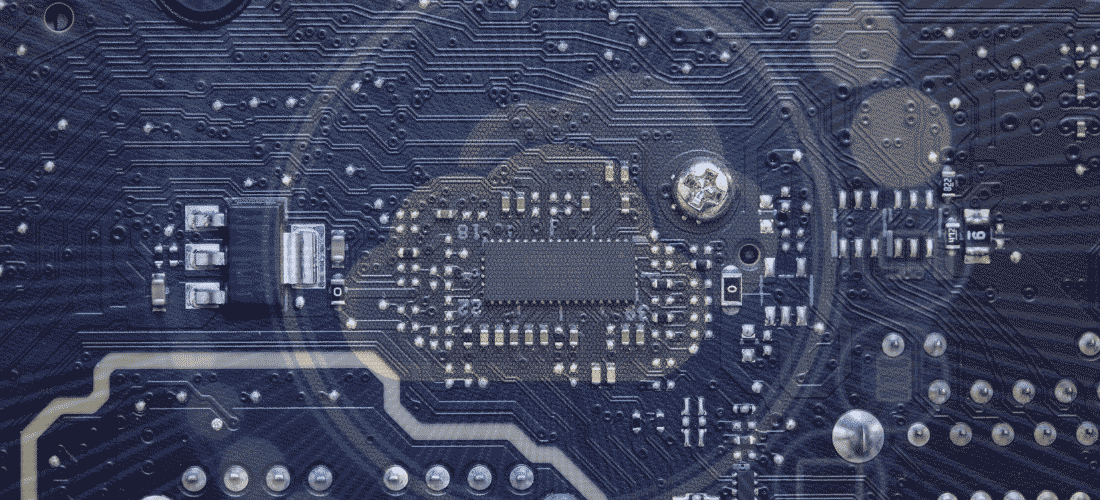
14 Apr Firmware in Cloud Hosted Environments
Firmware is a crucial element in both physical hardware devices and in virtual machines. Firmware acts as the interface between hardware devices and software systems. It enables them to function correctly and efficiently while keeping your workforce productive.
Understanding its role is essential when considering cloud hosting or virtual environments for your organization.
 What is Firmware?
What is Firmware?
Firmware is a type of software embedded in hardware devices, such as computer motherboards, printers, or routers. It serves as the interface between the hardware and the operating system. Firmware is typically stored in non-volatile memory such as read-only memory (ROM) or flash memory. Firmware is not intended to be changed, removed, or updated by the end user.
Firmware is essentially the code that controls the behavior of the hardware and enables it to perform specific functions. It can be updated or upgraded by the manufacturer or by IT professionals to fix known bugs or to grant access to new features.
 What is the Difference Between Software and Firmware?
What is the Difference Between Software and Firmware?
Software and firmware are both types of computer programs, but they differ in purpose and usage.
Software is the programs designed to run on a computer’s operating system. These programs can be installed, uninstalled, and upgraded by the end user.
Software is written in a variety of programming languages, developed by various companies, and is commonly stored on the computer’s hard drive or in the cloud.
Unlike software programs, the firmware of a device is generally developed and updated by the manufacturer of the hardware device.
The manufacturer retains the responsibility for creating and testing the firmware. This protocol ensures that the firmware continues to function properly while meeting the specifications of the device.
What Role Does Firmware Play in a Virtual Desktop or Cloud Hosted Environment?
Virtual desktops and cloud hosting solutions continue to be popular options for businesses of all sizes and across diverse industries.
Virtual desktops give users access to their familiar desktop environment, including all their applications and data, from anywhere, using any approved device, without having to rely on a physical computer.
Cloud hosting, on the other hand, is the practice of hosting applications, data, and services on remote servers in secure data centers, which can be accessed over the internet.
In the context of virtual desktops or cloud hosting, firmware is still relevant, even though there may not be any physical hardware involved.
Virtual desktops and cloud hosting rely on virtual machines, which are software-based emulations of physical hardware devices. Virtual machines still require firmware to operate, just like physical hardware devices do.
If your organization is using virtual desktops to provide remote or hybrid employees with access to their work environment, the virtual machines that are used to run the desktops will still require firmware because it controls the behavior of the virtual hardware devices.
Similarly, if your company is using cloud hosting to run its business applications, the machines that are used to host those applications still require firmware to interface with the underlying physical hardware.
 Who Updates or Controls the Firmware?
Who Updates or Controls the Firmware?
Firmware is regularly updated to address security vulnerabilities, fix bugs, and add new features. Keeping firmware up to date on all devices and systems keeps your data secure and your entire infrastructure operating at peak performance.
The firmware can be updated by the manufacturer through various means, such as firmware updates provided via download or by automatic updates that are pushed out to devices over the internet.
In business environments where all the network components are on premises, the responsibility for updating firmware may fall to IT administrators.
In cloud hosted environments, the responsibility for updating and controlling firmware falls to the cloud provider.
A cloud provider typically needs to manage firmware updates across their entire infrastructure. When your workforce operates on virtualization through a cloud provider, updates are timed to limit disruptions and downtime, so productivity is not adversely impacted.
At CyberlinkASP we are governed by the firmware security and processes of Microsoft as a recognized Azure vendor. This means that we utilize uniform protocols to maintain the security of firmware used in our cloud hosted ecosystem.
Some of the areas we continually monitor to assess and improve security posturing include:
- Firmware secure boot
- Firmware secure recovery
- Firmware secure update
- Firmware cryptography
- Locked down hardware
- Granular debug telemetry
Firmware is an essential component of hardware-based devices, and it still remains relevant in the context of virtual desktops and cloud hosting. Although firmware may not be as visible or tangible in these virtualized environments, it still plays a critical role in enabling virtual machines to operate effectively and efficiently in all types of demanding business environments.
 We Have Experts on Staff to Answer Your Questions About Firmware
We Have Experts on Staff to Answer Your Questions About Firmware
Interested in finding out how partnering with an award-winning cloud hosting provider can help you achieve your business goals while reducing your overall technology costs?
Our trained team of cloud computing experts can help by answering all your questions about industry guidelines, compliance standards, and how you can seamlessly integrate your critical business operations using virtual desktops.
We’ll demonstrate how to use our efficient cloud-based storage and processing solutions in your business to improve your security, productivity, and profitability.
Let us demonstrate exactly what CyberlinkASP can do for you – using your own data and workflows.
 What is Firmware?
What is Firmware? What is the Difference Between Software and Firmware?
What is the Difference Between Software and Firmware? Who Updates or Controls the Firmware?
Who Updates or Controls the Firmware? We Have Experts on Staff to Answer Your Questions About Firmware
We Have Experts on Staff to Answer Your Questions About Firmware